How To Use A Paring Knife

I spoke to you recently regarding my struggles with home cooking, and how I truly believe that a major contributing factor was not having the right equipment, and not knowing how to use the equipment correctly.
My enjoyment in the kitchen has gone up tenfold since I learnt how to use certain knives correctly. After all, even the most ardent cooking fan HATES spending hours and hours prepping food.
Today, I’m going to show you how to use a paring knife correctly.
The paring knife is one of those little utensils that can be overlooked easily. After all, it looks like a miniature chef’s knife, so to the uninitiated, it can seem unimportant when you already have a chef’s knife.
But when you know how to use one correctly, you’ll wonder how you ever lived without one – I know mine gets used every day now!
The 3 Main Ways To Use A Paring Knife
1) Slicing or chopping
This is very similar to how you would slice or chop using a chef’s knife
However, because a paring knife is so much smaller than a chef’s knife, you are able to make thinner, more precise slices, as well as work with smaller food items.
2) Peel
This is where a paring knife really comes into its own. Whereas most knives concern themselves with cutting through food items, the paring knife can actually peel off skin from fruit and vegetables. In most cases, you will peel more precisely and waste less food than using a peeler.
-
Peeling thin skinned foods, such as apples, potatoes etc.
Hold the paring knife in your dominant hand by placing your thumb where the handle meets the blade, and the forefinger resting on the dull edge of the blade. Wrap the remaining fingers around the handle. The sharp blade should be facing towards you.
Now, hold the food item with your other hand using your forefinger and thumb, where the thumb is at the bottom and the forefinger is at the top.
Position the edge of the knife at the top of the food item just below your forefinger and cut into the food slightly by slipping the sharp edge underneath the skin.
Peel the skin off in a downwards motion towards the thumb until all the skin has been removed.

-
Peeling thick skinned foods, such as citrus fruit.
Hold the paring knife in your dominant hand by resting your thumb against the side of the blade. Wrap all 4 fingers around the handle. The sharp blade should be facing towards you.
Hold the food item with your other hand using your forefinger and thumb, where the thumb is at the bottom and the forefinger is at the top.
Use the paring knife to make a small incision into the side of the food item, cutting down underneath the skin. Now rotate the knife slightly sideways.
Peel by pushing the blade beneath the skin horizontally as you keep rotating the food.
3) Detail work
Another aspect where a great paring knife comes into its own is when using the sharp tip for detail work.
The tip is as sharp as the actual blade, and it can be used for ‘close up’ work that other knives would ruin.
Hold the paring knife so that your thumb and forefinger rest on either side of the blade, almost like you were holding a pen.
Now, you can easily slide the sharp tip into the top of fruits (such as strawberries) and twist out the hull, into the underside of shrimp and pull back to remove the vein, into small vegetables to remove seeds (e.g. jalapenos) etc.
Trying using your paring knife using the above tips – you’ll soon wonder how you ever coped without one!
Why not grab yourself the Chef Remi Paring Knife right now?
As a new addition to our product line they're currently on offer at only $10.00! But you can get a further 15% OFF your entire order today! (Limited Offer).



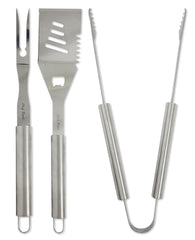
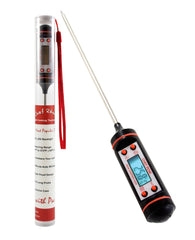

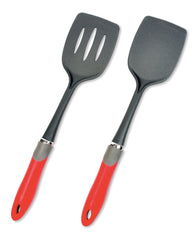
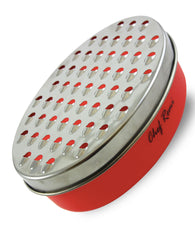
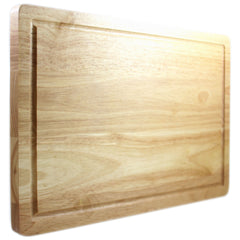
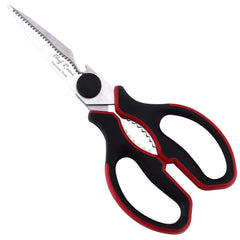
Comments
No comments yet.